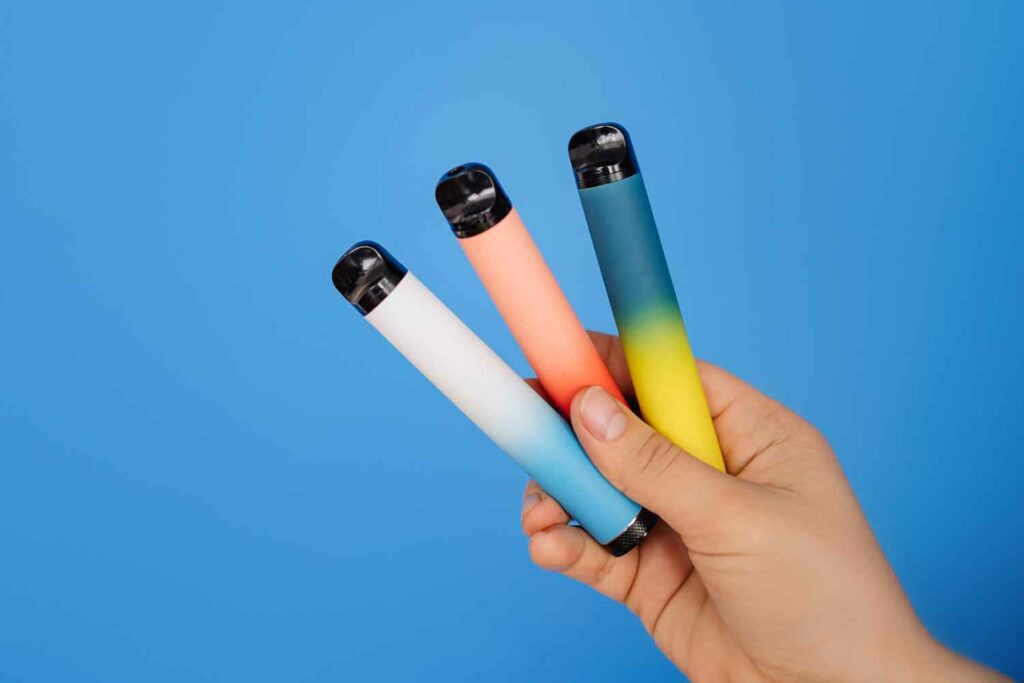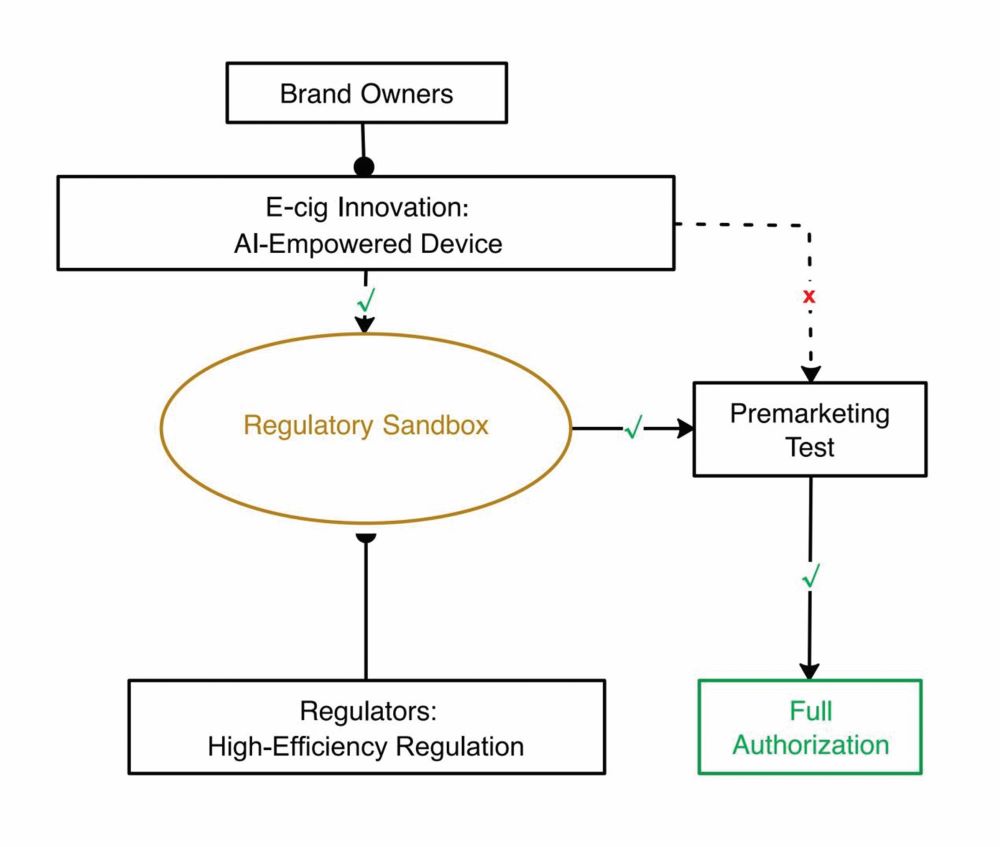
However, changes are on the horizon, especially since the British government announced a ban on disposable e-cigarettes. The ban has sparked growing concerns among industry stakeholders regarding the life cycle of this category. While compliance has always been a central issue, the heightened emphasis on enforcement in the past months has prompted industry-wide apprehension. Yet, for those familiar with the evolution of vapor products, the shift in exterior designs should not be surprising given the industry’s history of transitioning from closed systems to open systems then to pods, pod-mods and now disposables within the past two decades.

The affordability of disposables lowers the threshold, allowing for a smoother transition for those seeking to switch from combustibles to risk-reduced products (RRPs). Disposables possess clear advantages over device-based systems, particularly in terms of portability, while retaining key features such as noncompatibility of fake cartridges and adjustable coil voltage. In addition, they contribute to relative environmental protection with the increasing volume of liquid filled. However, the downsides of disposables are apparent. Firstly, their disposability sparks significant environmental protection debates, necessitating solutions that incur additional costs and subsequently leading to a general rise in the price of vapor products. Therefore, the next-generation vapor products will be sold at a higher price margin than the current disposables.
Recently, solutions like paper-based bodies with biodegradable plastic components have been introduced to disposable e-cigarettes. In the EU, regulations mandate the rechargeability of batteries in vape products, establishing a reusable device as the minimum standard for the next generation of e-cigarettes. Moreover, the widespread use of disposables among underage individuals has cast a shadow over the entire category since its inception. While recent reports suggest a decline, with some teenagers deeming vaping immature, the issue remains pertinent. If even a single producer persists in designing disposable vapes with toy-like appearances and cotton candy flavors targeting underage kids, the entire industry could face consequences. This negative externality has become more critical than ever, emphasizing the need for the industry to unite and reach a consensus on addressing these public enemies. It is the right time to reconstruct the value of the whole industry and shape a new image of vapor.
Noteworthy Changes
One noteworthy change, above all, is the incorporation of screens on these products. While screens have appeared on vapor products before, recent developments significantly differ, particularly from those on open systems. Within just one year, screens have evolved from simple black-and-white displays to color ones then to TFT-LCD, and some brands have now introduced new products with LED touch screens. The on-screen features change from display of battery life and e-liquid contents to fancy animations ranging from alien UFOs shooting off to fireworks blasting, and they seem to emerge one after another. One might question: Are these high-end features really necessary for a disposable vape product priced at $30?
As a scholar closely studying the industry over the past two decades, I strongly believe that the integration of screens on disposable vapes marks a significant breakthrough in vape products and could mean the evolution of vapor toward an advanced step. Interactivity is poised to become the defining characteristic of next-generation e-cigarettes. This interactivity fosters a dialogue between end users and other stakeholders in the industry chain.
Currently, a major obstacle hindering the expansion of vapor to those who seek RRPs is the lack of communication among manufacturers, sellers, end users and regulators. When end users visit a shop, they often lack knowledge about why they are buying an e-cigarette and what product suits their needs. Shop assistants, with varying levels of expertise, recommend products, and some may lack technical knowledge about flavor differences. Neither end users nor sellers often realize that tobacco harm reduction (THR) is the real selling point of vape products. However, a smart device could facilitate communication between end users, manufacturers and sellers, allowing real smoking experiences to be reported to manufacturers for them to conduct consumer-oriented innovation. During my keynote speech at GTNF 2023 in Seoul, I emphasized the concept of a regulatory sandbox. Such a sandbox would only be viable with the presence of a smart vape device. It would enable vape products to be regulated in a closed loop, fostering innovation by allowing regulators to monitor real-time product testing. Enterprises would receive regulatory feedback promptly, adjusting their research and development accordingly. This approach enhances regulatory efficiency and ultimately builds trust among regulators, enterprises and consumers. Thus, the transition will be achieved from “wait and improve” to “test and innovate.”

In 2022, the introduction of the Lil Aible by KT&G was groundbreaking. This smart device seamlessly integrates the use of heated-tobacco products (HTPs), incorporating both granular and reconstituted tobacco, along with vape technology. The exterior of Lil Aible mirrors the trend observed in disposables today—a robust device featuring a high-definition touch screen. However, the interior features of Lil Aible offer a glimpse into the future of vapor products: the incorporation of an AI function powered by a robust digital CPU. This function not only empowers the e-cigarette to optimize the smoking behavior of each individual user, enabling them to control the total puffs consumed every day, but also enhances harm reduction capabilities. Moreover, the implementation of facial recognition on a smart vape device, when used with due consideration for privacy, can effectively prevent usage by minors. This technology alleviates the burden on regulators for monitoring purposes.
In conclusion, the narrative of disposable e-cigarettes mirrors the industry’s dynamic spirit—a story of adaptation, innovation and a relentless pursuit of excellence. The application of screens on disposables might disclose the future of vapor. Standing at the precipice of evolution, the industry is not merely chasing trends but actively shaping a future where harm reduction, end user-centric experiences and technological advancements harmoniously coexist. The tale of disposables is but a chapter in a grand saga, with each exhale marking a step into a future where vaping transcends boundaries and emerges as a beacon of possibilities.
SOURCE:tobaccoreporter.com
电子雾化与HNB产品都是新型电子产品,结构虽小,却融合应用多种材料、表面处理、芯片电子等技术工艺,而且雾化技术一直在不断更迭,供应链在逐步完善,为了促进供应链企业间有一个良好的对接交流,艾邦搭建产业微信群交流平台,欢迎加入;Vape e-cigarettes (VAPE) and Heat-Not-Burn e-cigarettes (HNB) are both emerging electronic products. Despite their compact size, they integrate various materials, surface treatment technologies, chip electronics, and other advanced technical processes. Moreover, atomization technology is constantly evolving and the supply chain is being progressively perfected. To facilitate good communication and networking among supply chain enterprises, Aibang has established an industry WeChat group communication platform and warmly welcomes interested enterprises to join.

